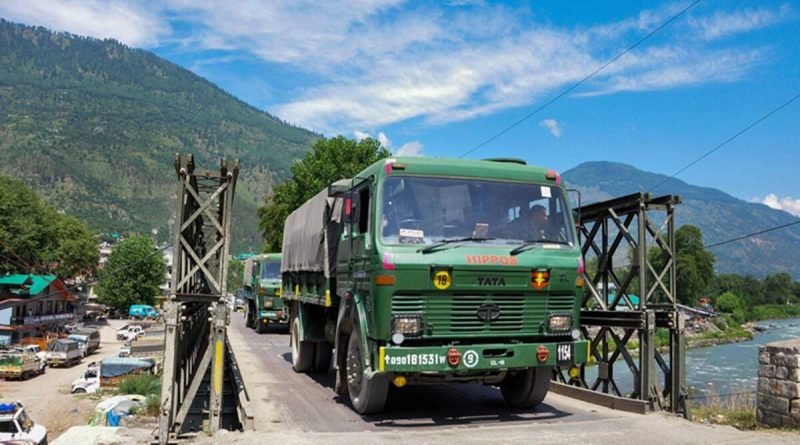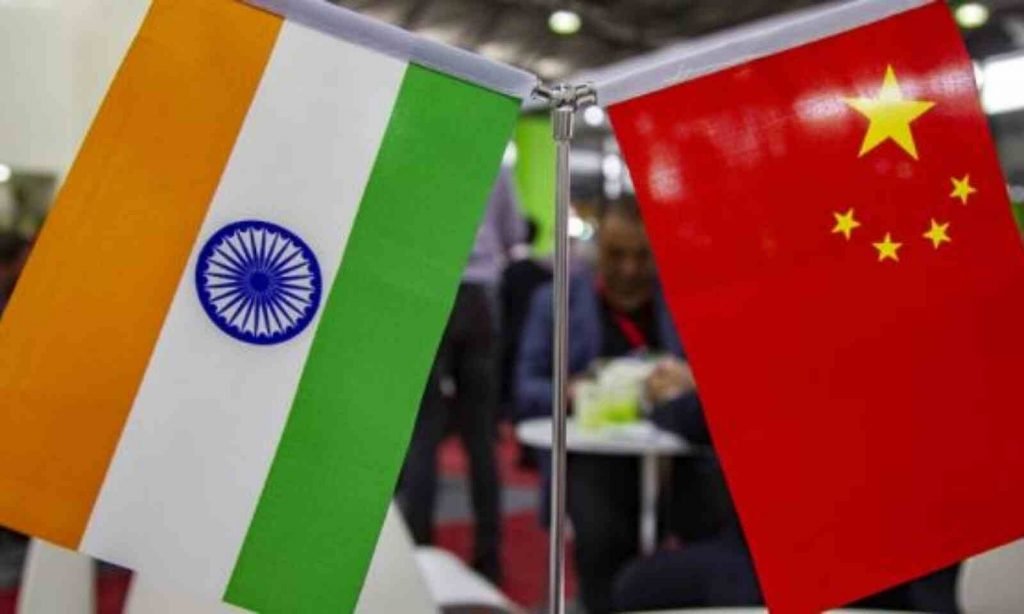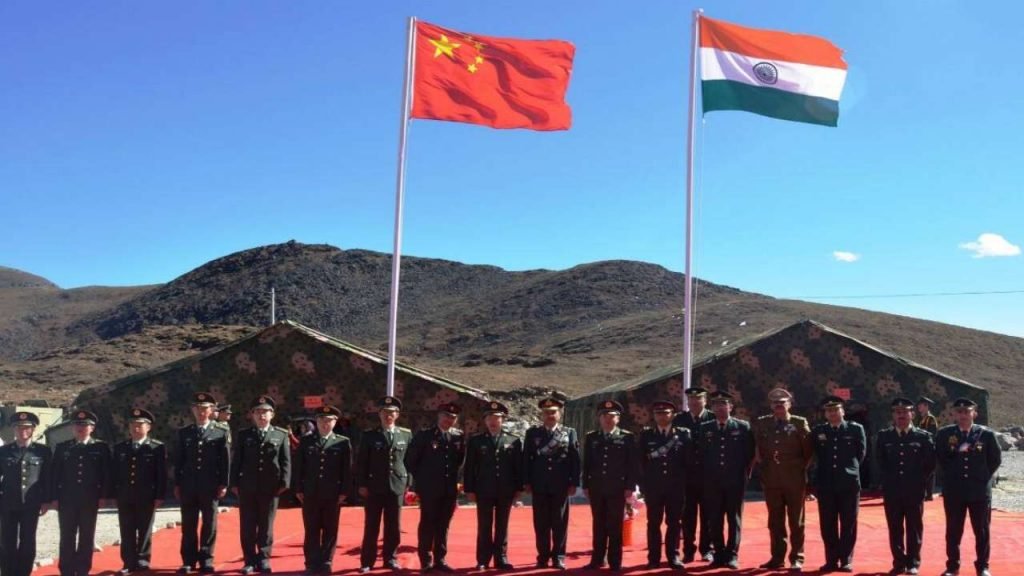Development project or political tool? : Should India be concerned as China launches a railway line near Arunachal Pradesh

China, last week on Friday, operationalized its first fully electric ‘Fuxing’ bullet train – connecting the provincial cities of Lhasa and Nyingchi in Tibet. Nyingchi, a prefecture-level city of Medog county is located just a few kilometres from the Indian state, Arunachal Pradesh. The unveiling of the Lhasa-Nyingchi section of the Sichuan-Tibet railway comes a week ahead of the centenary celebrations of the Communist Party of China, which took place on July 1st, 2021. The train has a speed of 160 kilometres per hour and will substantially bring down the travel time between many regions across the Tibetan plateau. It is designed to carry both passenger and freight and has a cargo capacity of 10 million tonnes. The new section of the Sichuan-Tibet line will connect Lhasa and Nyingchi to Chengdu, the capital of Sichuan province, and will have 9 stops along the way. The Railway line goes over 47 tunnels and 120 bridges and crosses the Brahmaputra (locally known as the Yarlung Tsangpo)River 16 times. The Sichuan-Tibet railway comes second to the initial Qinghai-Tibet Railway and will go through the southeast part of the Tibetan plateau, one of the most tectonically active areas in the world.

How will this benefit China?
Chinese President Xi Jinping in November asked the officials to speed up the construction pace for this project and believes that the novel railway line section would play a key role in safeguarding border stability at the LAC (Line of Actual Control). Undoubtedly, the train can help with quick and easy transportation of strategic materials in the terranes of the Tibetan plateau in case of an India-China standoff. Aided with a large passenger and freight capacity, the train is a strategic resource for Beijing and can be used for the easy transportation and deployment of PLA (People’s Liberation Army) in the region. The Director of the research department at the National Strategy Institute at Tsinghua University, Mr Qian Feng, told a newspaper that in case of an occurrence of crisis at the India-China border, the railway would prove convenient for China’s delivery of strategic materials. Although built in the name of bringing about development in the remote areas of Tibet, China surely has ulterior motives behind this move. It would not be wrong to say that perhaps, it is looking to establish a strong presence near the LAC.

China’s claims on the NorthEastern State of Arunachal Pradesh
The ongoing India-China border dispute covers areas across the 3,488-km-long Line of Actual Control (LAC), and in China’s recent claims, Arunachal Pradesh was the topic of discussion. Beijing claims that Arunachal Pradesh is a part of South Tibet, which is firmly rejected by India.
Should India be concerned?
Due to its (railway line’s) proximity to Arunachal Pradesh, India is following any developments in the area with a keen eye. China concluding its railway line so close to the Indian state near the LAC raises red flags for many Indian strategic thinkers, but, the Indian Army is confident that there is no reason for real concern as India has been building military infrastructure that would help in neutralizing any incoming threats. While China has inaugurated a new train track, India has simultaneously started operations at a Rafale fighter squadron in Hashimara, in West Bengal. Squadrons of Sukhoi-30MKI have been moved to Hashimara, Chabua, and Tezpur in recent years. A Rafale squadron with 5 jets has also joined. With this move from India, we can assume that there is a state of power balance in the region. If Beijing deploys PLA troops on the Arunachal Pradesh border, India could intercept it and immediately disrupt any suspicious movement.
China’s activities at India’s borders need to be closely monitored. In recent years, we have seen rising Chinese aggression at the borders, with the Doklam standoff in 2017, and Galwan valley aggression in 2020. China’s unpredictable behaviour and outlandish political claims call for India to be more vigilant in the area.
With China gradually moving closer to India, we need to look out for any possible threats in the future – and deploy resources to neutralize threats before they turn fatal.


















